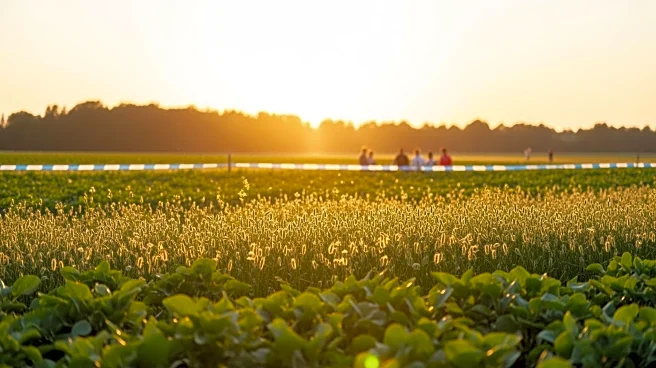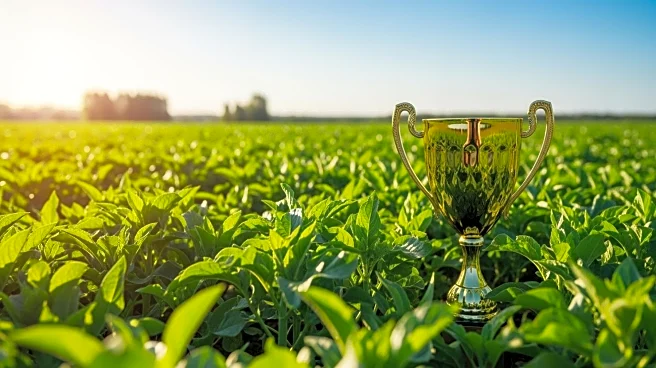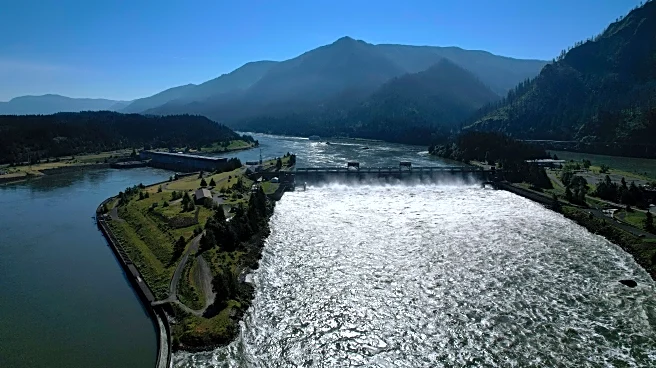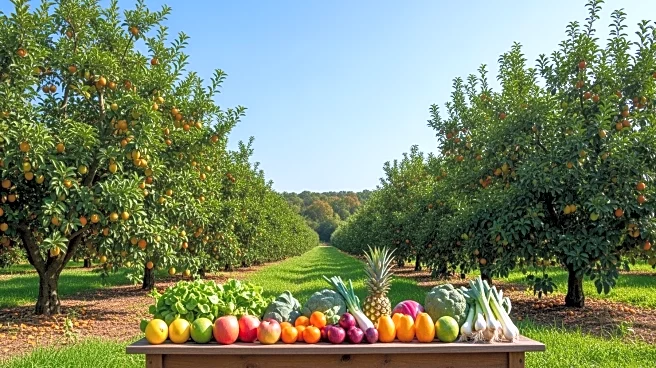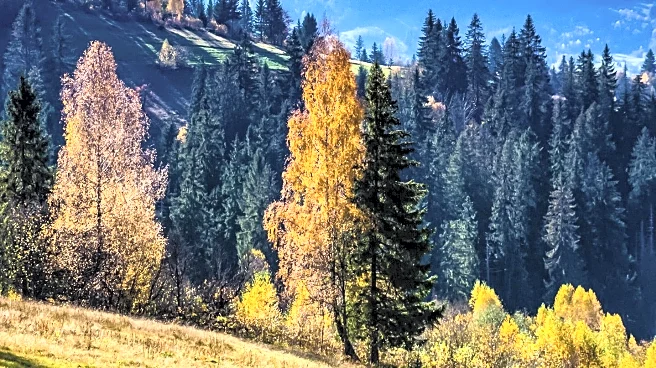What's Happening?
Washington State University (WSU) researchers have conducted a study on the viability of cover crops as biofuel sources, focusing on their potential benefits for farmers and the environment. The research,
a collaboration between WSU and the Pacific Northwest National Laboratory, examined four cover crops grown in Washington fields. Triticale, a hybrid of wheat and rye, and hairy vetch, a legume, showed promising results in terms of yield and soil health. The study utilized hydrothermal liquefaction, a technique that processes biomass into fuel, allowing different types of biomass to be mixed for biofuel production. This approach aims to provide refineries with more renewable feedstocks while addressing farmers' concerns about soil quality and economic viability.
Why It's Important?
The findings from WSU's research could have significant implications for sustainable agriculture and biofuel production. By demonstrating that cover crops can be used as biofuel sources without harming soil quality, the study offers a potential solution to farmers' economic challenges during off-seasons. Additionally, the ability to mix different biomass types for fuel production could streamline biofuel processing and expand market opportunities. This research supports the broader goal of increasing renewable energy sources, potentially reducing reliance on fossil fuels and contributing to environmental conservation efforts.
What's Next?
Further research is needed to fully understand the long-term impacts of using cover crops for biofuel production. The study's promising results may encourage more farmers to adopt cover crops, potentially leading to increased biofuel output and improved soil health. Stakeholders, including agricultural industry leaders and policymakers, may explore incentives or support mechanisms to promote the adoption of cover crops for biofuel. The collaboration between WSU and the Pacific Northwest National Laboratory could continue to advance research in this area, focusing on optimizing biofuel production processes and expanding the range of viable cover crops.
